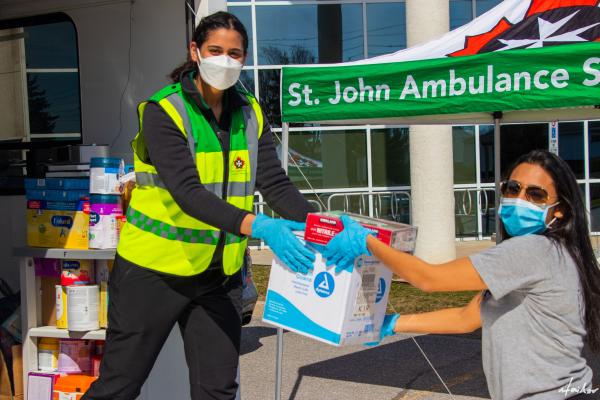Downloads and Tools
Frequently Asked Questions
Safety Tips
Quick Links
Community Services
Canadians have been volunteering with St. John Ambulance for over 130 years. There are more than 15,000 dedicated front-line St. John Ambulance...
Initiatives
St. John Ambulance has played an integral role in the fabric of Canada communities since 1883. While our core services revolve around first aid...
First Aid Training
St. John Ambulance has been ensuring the health, safety and quality of life for Canadians for over 135 years. St. John Ambulance offers the most...







